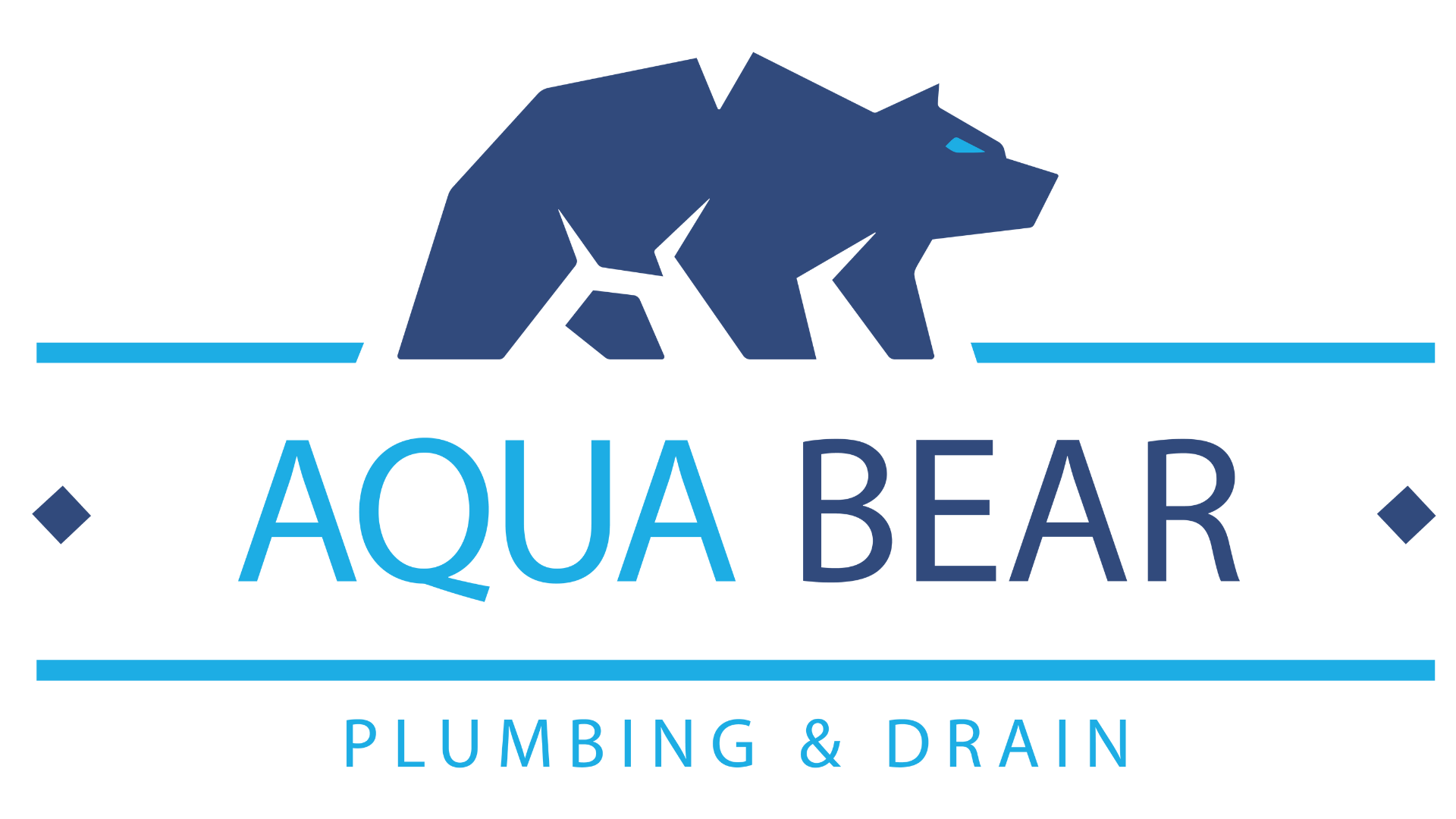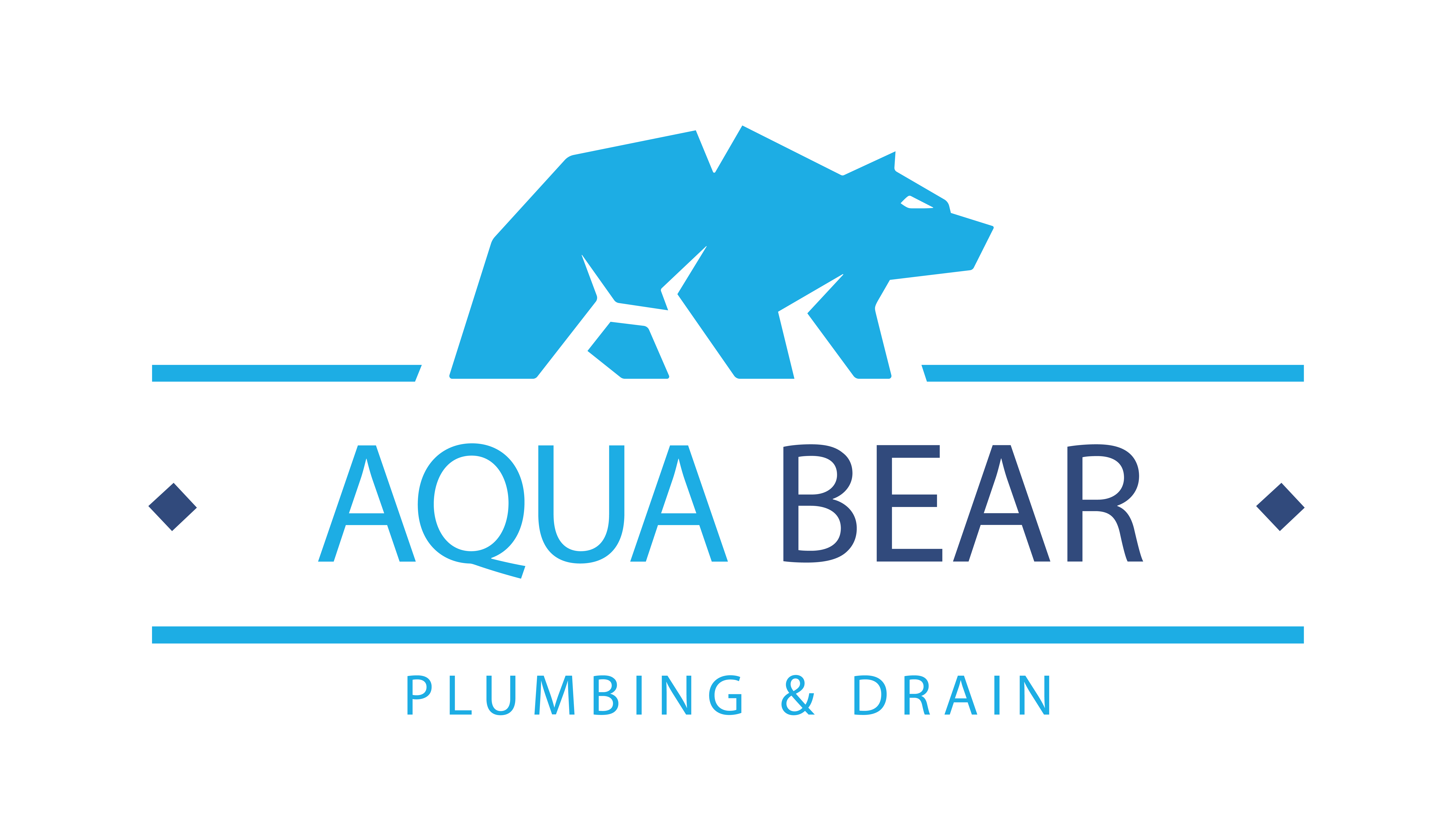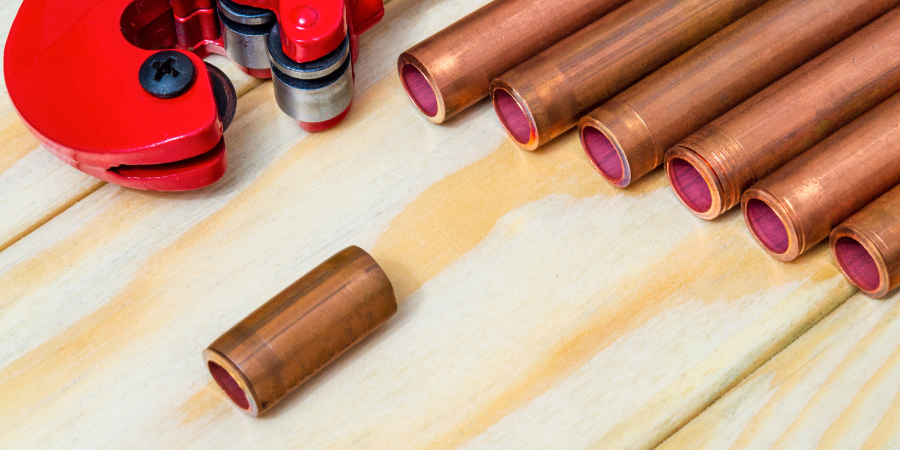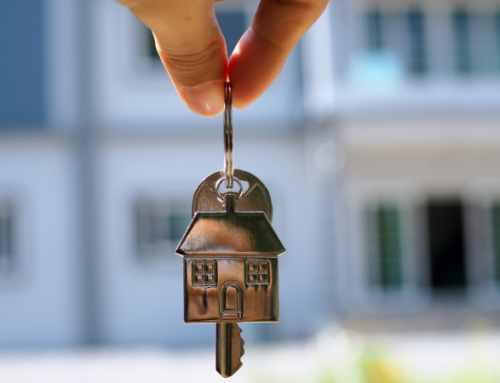The plumbing in your home consists of basically two systems working simultaneously to bring in fresh clean water while removing the solid and liquid waste materials that result from normal daily activities.
In this article, we will learn about the importance of supply lines that deliver fresh water to your home. We will look at the ways in which these lines can be compromised and how these threats affect the quality of water being delivered. Water supply lines come in all sorts of sizes and varying materials and an overview of the different types will be examined.
What Are Supply Lines?
The water we all rely on comes from ground sources such as wells or from surface-water sources which include streams, rivers, lakes, and other bodies of water. This water is collected by the city water company where it is filtered and chemically treated to remove impurities. This treated water is then pumped into a reservoir and stored for later use. This water quality must meet certain guidelines set by the Environmental Protection Agency to be deemed safe for drinking.
From the reservoir, the water travels long distances through water mains owned and maintained by the city and into your home. A service lateral, also known as a water supply line, connects your plumbing to the water main bringing in the freshwater we all need to drink and use for a variety of activities. The water supply lines must be installed in cold climate areas below the frost line to protect them from freezing.
Cold Water Lines
As cold water enters your home it slopes away from the water heater and travels to every plumbing fixture and water-using appliance in the house such as toilets, sinks, and washing machines. Cold water lines also supply water to outdoor areas like hose bibs, irrigation systems, and pools and spas.
Hot Water Lines
Some of the water entering your home is diverted to the hot water heater where heating elements heat the water and store it in a tank for future use. As hot water is needed, it exits the tank and flows to hot water faucets and other plumbing fixtures. These hot water supply lines are installed parallel to the cold water lines in pairs where both temperatures of water are needed.
Water service lines are invaluable components of your plumbing system providing clean water to essential home fixtures allowing for drinking, bathing, cleaning, and other important tasks such as lawn care.
Common Issues With Supply Lines
Water supply lines can be affected by many outside factors such as the makeup of the water they transport as well as the pipe materials from which they are made. Here is a list of common problems experienced by water supply lines:
–Hard water: Hard water is a common issue across the US and is responsible for many damaging effects on plumbing systems. Hard water is high in certain mineral content such as calcium and magnesium. Over time, these minerals can build up on the interiors of plumbing pipes and fixtures restricting water pressure and causing plumbing failures.
-High water pressure; The municipal water supply can sometimes send water into homes at a pressure rate that is too high. This excess pressure puts a strain on pipes and fittings causing leaks to form. If the pressure is too excessive and goes unaddressed, it could even lead to burst lines that can flood a home.
-Freeze damage: In cold weather climates water supply lines can be poorly insulated or absent of insulation and, when exposed to colder temperatures, can freeze and burst.
-Slow, undetected leaks: Sometimes supply lines spring small, barely visible leaks. These leaks are especially damaging as they can leak water for months causing mold and mildew growth or weakened infrastructures. Slow, undetected leaks are difficult to locate and pose serious side effects.
-Pipe materials: Old, outdated plumbing pipes can be detrimental to the water that supply lines carry. Most of the water supply infrastructure was built more than 50 years ago and is in need of replacement. These old pipes allow pollutants such as lead to leach into the water supply threatening the water quality.
Types of Water Line Materials
Water supply lines can be categorized into two basic types of plumbing pipes: metallic and non-metallic or plastic. Older homes tend to have more metal pipes compared to modern construction but each type shares similarities. In order for a supply line to function properly they must be able to transport hot and cold water. Here are the types of pipes used for water supply lines that most plumbers use. Be aware that varying types may be used in a home to meet different parameters.
-Galvanized steel: Galvanized steel pipe was used in homes prior to 1960 and, with a lifespan of 40 years, has far exceeded its usefulness. They were designed with a zinc lining to help prevent corrosion but the zinc was quick to fade. This allowed for corrosion and rust buildup causing problems for successful water delivery. Add to that their high labor costs for installation and these pipes have become infrequently used in residential settings. Galvanized steel is still used in many commercial applications.
-Copper: Copper pipes are ideal for hot and cold water transport. They can be used inside and out and boast a long life with a 50-plus year life expectancy. They can be joined with multiple connectors such as push-fit and compression fittings and can be sweat-soldered.
The downside to copper water lines is they are prone to thinning which can lead to small, hard-to-detect pinhole leaks.
-CPVC: Chlorinated polyvinyl chloride pipes are durable long lasting pipes that can last as long as 80 years. They are quickly and easily joined using a primer and CPVC-specific glues making installation simple. They come in varying thickness and, if sized correctly, can withstand temperatures above 180 degrees making them a good choice for hot water supply lines.
PEX: This type of material is used frequently for water supply lines. They come in long rolls of pipe that can easily be manipulated around corners making for less joining. They are connected using push-fit fittings or crimp rings secured with a specially designed PEX tool which saves time and money. These low-cost lines are durable with a lifespan of over 50 years. Cross-linked polyethylene (PEX) pipes are quickly becoming the #1 choice for water supply lines when compared to copper pipes.
Need Help With Your Water Lines?
Water service lines allow us to function in our homes providing clean water for drinking, bathing, cleaning, cooking, and other important activities. Water supply lines, although they transport only clean water, are at risk from factors such as corrosion, the effects of high water pressure, leaking, and freezing to name a few.
There are several options from which a plumber has to choose when installing water lines and in many cases, the supply liners are made of differing materials to best meet the needs at hand.
An overall understanding of a home’s plumbing system is essential to proper maintenance and a well-functioning home and the water service lines are an integral piece of this puzzle. Now you have a better understanding of water service lines and the work that they do.
